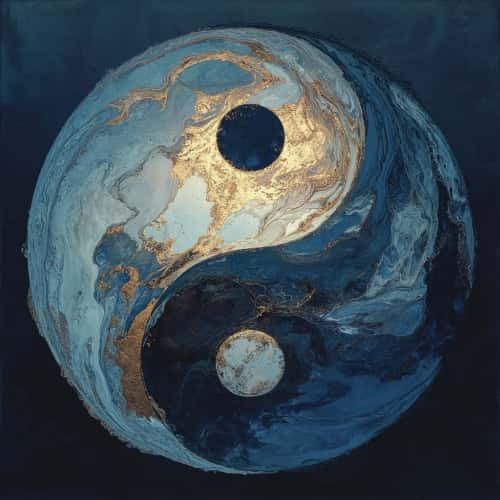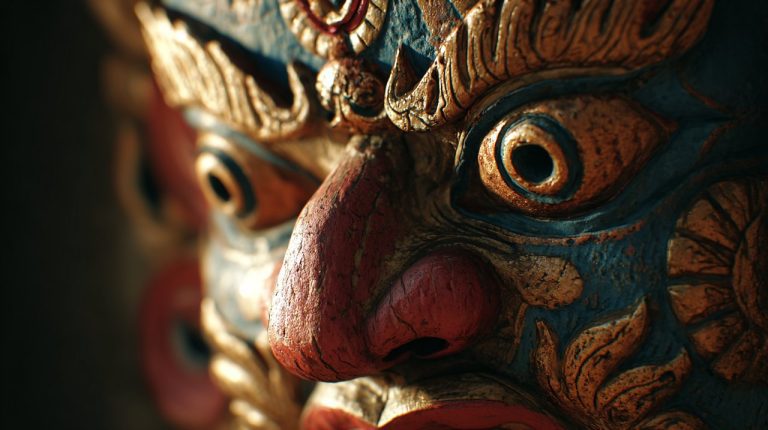Moonstone Buying Guide: From Phenomenon to Personal Choice
Have you ever been captivated by moonstone’s soft, inner glow, yet felt a little unsure about what makes it truly special? It’s a common feeling. This gem, with its mesmerizing light, often seems wrapped in mystery.
But what if that mystery isn’t about magic, but about understanding its unique characteristics and how they connect to its genuine beauty and value? As someone fascinated by how natural phenomena influence our perceptions and choices, I believe true appreciation for a gem like moonstone comes from grasping its physical makeup and the psychological associations we naturally form around it.
This guide isn’t just about making a purchase. It’s about empowering you to choose a stone that truly resonates with you, whether for its visual appeal, its perceived emotional qualities, or as a thoughtful investment. Let’s delve deeper and uncover the practical insights behind this fascinating “lunar” gem.
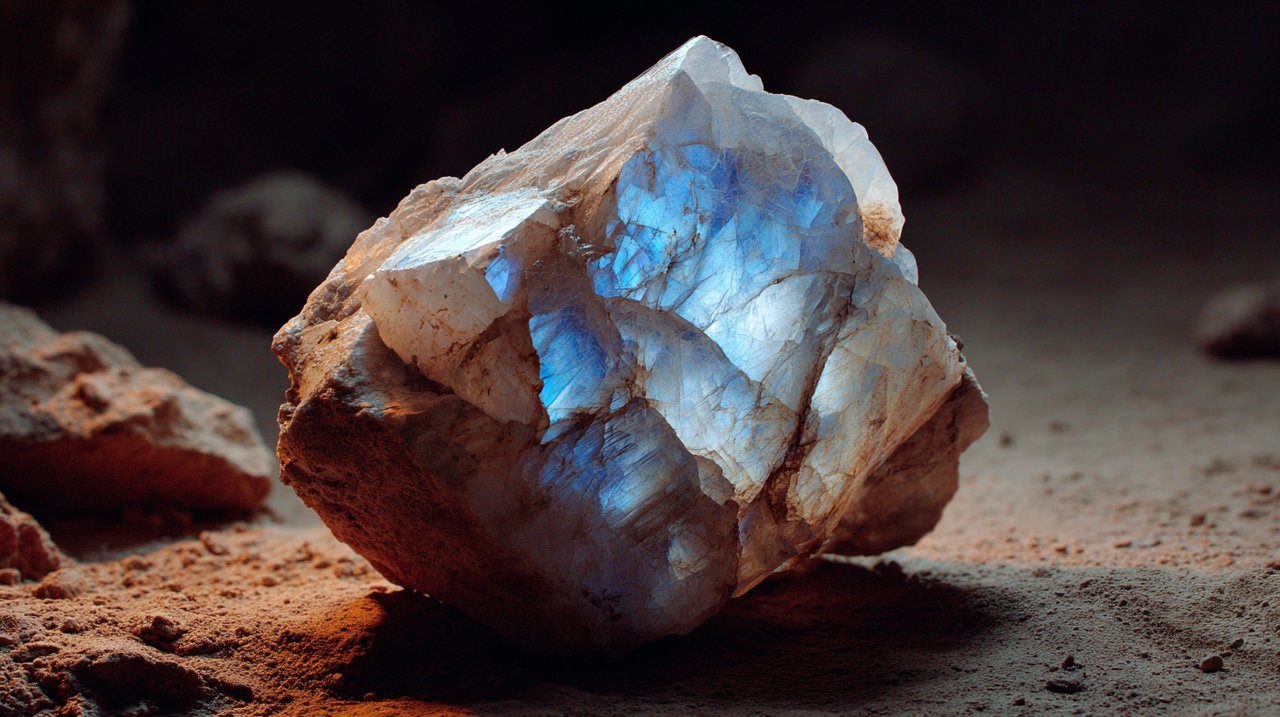
Exploring Moonstone’s Diverse Personalities: A Guide to Types
Moonstone isn’t just one type of gem; it’s actually a fascinating family of feldspar minerals. Each member brings its own unique charm and characteristics to the table. Understanding these differences is crucial for truly appreciating the various types of moonstone and selecting the perfect piece for your needs.
These different types often display varying intensities of that signature glow, known as adularescence, along with distinct body colors and geographical origins. Let’s break them down.
- Rainbow Moonstone: This one often gets confused with true moonstone, but it’s actually a variety of labradorite. It showcases a stunning play of color, or labradorescence, with vivid flashes of blue, green, and sometimes yellow or pink. Psychologically, its vibrant, shifting colors often evoke feelings of new beginnings and inner transformation—a visual reminder of growth.
- Blue Moonstone (or Ceylon Moonstone): Often considered the most valuable, this type displays a strong blue or white adularescence against a clear, highly transparent body. Its characteristic glow appears to float just beneath the surface. The blue moonstone meaning often links to heightened intuition and emotional balance, perhaps because its calm, deep blue flash naturally suggests tranquility and depth.
- White Moonstone: This is the most common variety you’ll encounter. It features a classic white or silvery adularescence, and you’ll find it ranging from translucent to opaque.
- Peach/Gray Moonstone: These varieties offer softer, warmer hues. Peach moonstone is often associated with soothing emotional stress—its gentle color perhaps offering a comforting visual cue. Gray moonstone, on the other hand, tends to project a more grounding and stabilizing energy.
Understanding these distinct types helps you appreciate the full spectrum of moonstone’s beauty. It also allows you to make a choice that aligns perfectly with both your aesthetic preferences and any specific intention you might have in mind.
While they all share the “moonstone” family name, each type truly offers a unique visual experience and, for many, a distinct energetic feel.
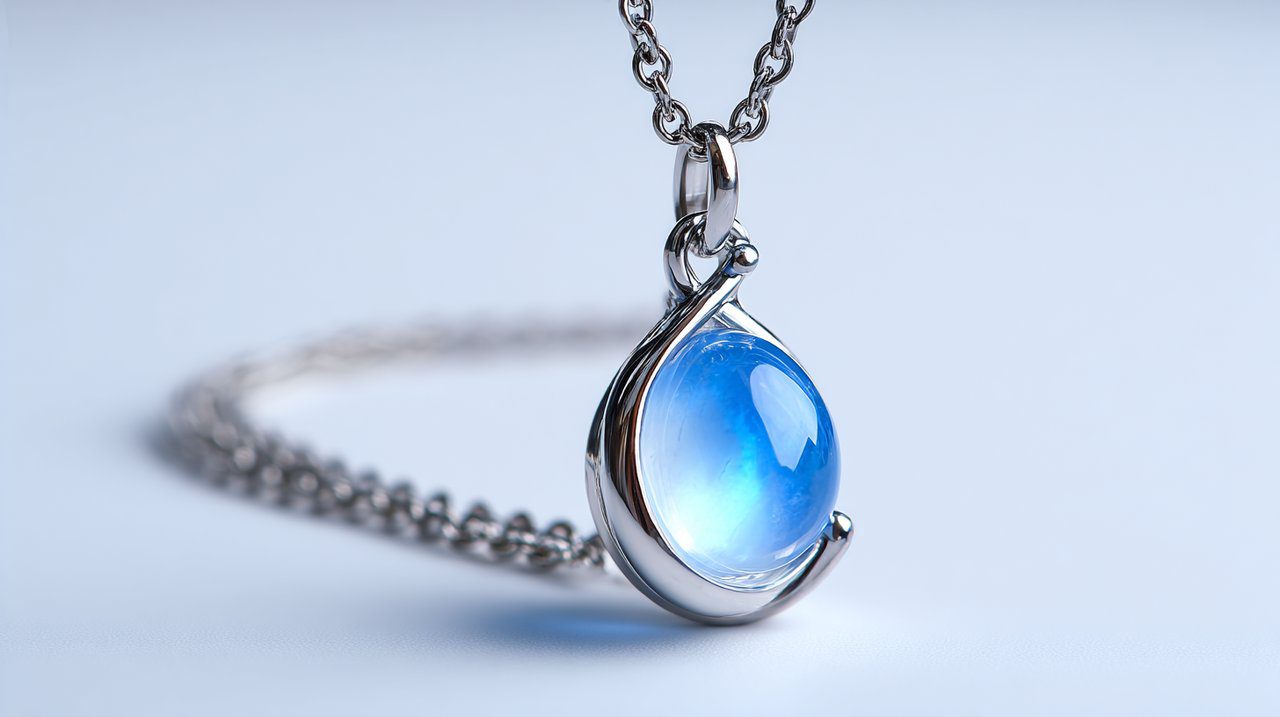
The Dance of Light: Unpacking Adularescence and Moonstone Quality
What truly makes moonstone stand out, and significantly impacts its moonstone quality and moonstone value, is a unique optical phenomenon called adularescence. This isn’t just a complex term; it’s that captivating, billowy light that seems to glide across the gem’s surface as you move it.
Think of it as the very heart of the moonstone, the reason for its signature otherworldly glow. This mesmerizing effect happens because light scatters within the moonstone’s incredibly fine, layered microstructure. The more uniform and delicate these layers are, the more intense and beautiful the adularescence will be.
When you’re evaluating quality, you’re essentially looking for a light play that is strong, centered, and vivid. The clearer the stone’s body, the more prominently this effect will shine through. A moonstone boasting exceptional adularescence in moonstone will genuinely appear to glow from within, rather than merely reflecting light from its surface.
Beyond this unique light show, factors like clarity and body color also play vital roles. Top-tier moonstones are typically transparent to semi-transparent, allowing light to truly penetrate and interact with their internal structure. While minor natural inclusions are often acceptable, excessive cloudiness or obvious black spots can noticeably reduce both its beauty and overall value.
Grasping these nuances is absolutely essential for effectively gemstone quality grading when it comes to moonstone.
“The true beauty of a moonstone isn’t just its color, but the way it holds and releases light, a silent, rhythmic dance.”
Decoding the Dollar: Understanding Moonstone Price and Value
Figuring out the moonstone price is a bit like a blend of art and science, much as it is with any valuable gem. It’s never just about the size. Instead, it’s a complex interplay of several key factors working together.
The more you understand these elements, the better equipped you’ll be to confidently assess whether a price truly reflects a stone’s inherent value. Let’s break down what truly matters.
- Adularescence: This is, without a doubt, the most critical factor. Stones that exhibit a strong, vibrant, and centrally located blue adularescence are consistently the most prized and, consequently, the most expensive.
- Body Color & Transparency: Generally, colorless and highly transparent stones are more valuable because they allow the adularescence to truly shine through. This is why blue moonstones, known for their exceptional clarity, often command higher prices.
- Clarity: High-quality stones should be free from any visible inclusions or distracting black spots that could diminish their beauty or impact their durability.
- Cut: A skilled cut is designed to maximize the adularescence. You’ll often see a cabochon cut (a smooth, rounded dome) because it’s ideal for showcasing that unique, floating glow.
- Carat Weight: Just like with most gemstones, larger moonstones of comparable quality will typically fetch a significantly higher price per carat.
- Origin: While not always the absolute primary factor, certain origins—such as Sri Lanka for its renowned blue moonstone—can certainly influence value due to their historical reputation for producing exceptional quality gems.
It’s also crucial to distinguish between the price of raw, loose gems and the moonstone jewelry price. Jewelry pieces include the added costs of setting, the metal used, and the artisan’s craftsmanship, all of which can significantly increase the final price.
Furthermore, be aware that both lab-created moonstone vs natural options are available. Synthetics are, understandably, considerably less valuable. As a wise buyer, always ask for clear disclosure about a stone’s origin and whether it’s natural or lab-grown.
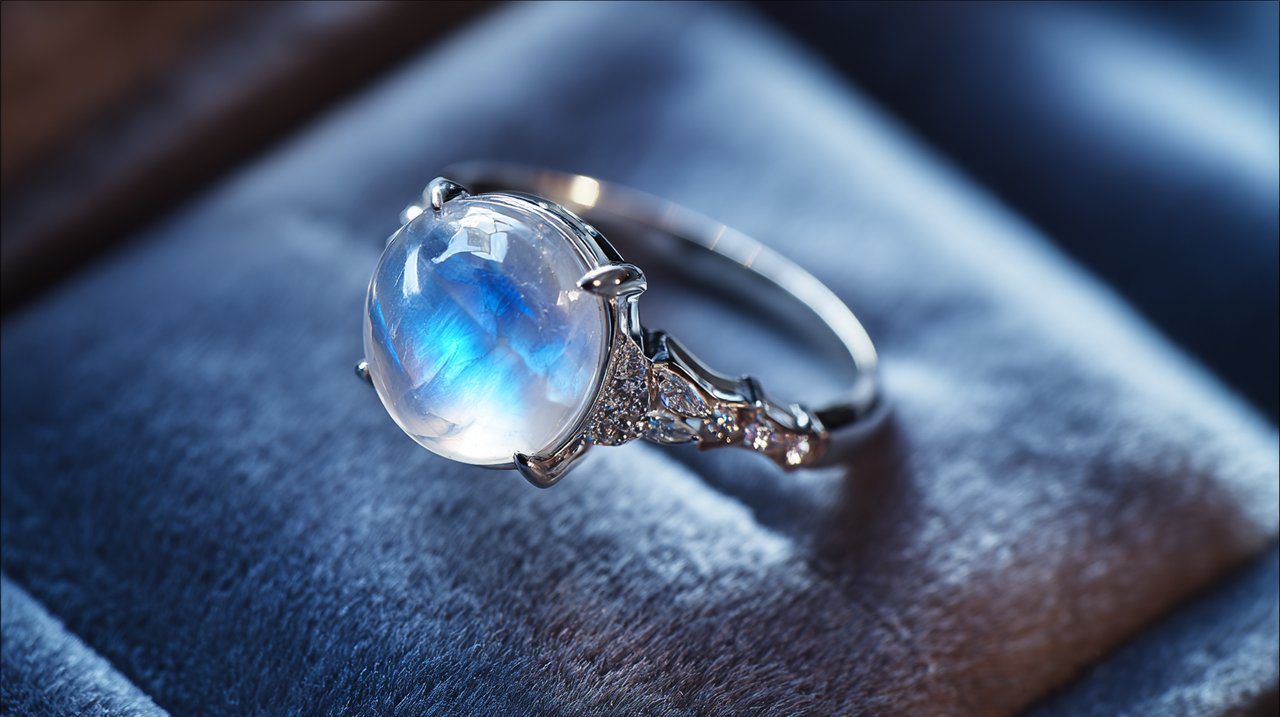
The Wise Buyer’s Path: How to Acquire Your Authentic Moonstone with Confidence
Navigating the moonstone market successfully requires both a discerning eye and a little bit of homework. Your ultimate goal is to find an authentic, high-quality gem that perfectly meets your expectations, all without overpaying.
So, when you’re considering where to buy moonstone, here’s a practical guide to approaching your purchase with complete confidence:
- Seek Reputable Dealers: Whether you’re shopping online or in a physical store, always prioritize sellers with strong reputations and genuinely transparent business practices. Look for detailed descriptions, clear, accurate photos, and explicit return policies.
- Consider Certifications: For higher-value pieces, it’s a smart move to ask for a gemological certificate from an independent lab. This provides an unbiased, expert assessment of your stone’s characteristics, offering peace of mind.
- Inspect in Person (if possible): If you’re buying locally, take the time to examine the stone under various lighting conditions. Gently move it around to observe how the adularescence plays from every angle. This is key to seeing its true magic.
- Ask Thoughtful Questions: Never hesitate to inquire about the stone’s origin, any treatments it might have received, and whether it’s natural or synthetic. A truly trustworthy seller will always be happy to provide this crucial information.
- Compare Prices Wisely: Do your research! Compare similar stones from various vendors to get a realistic sense of the current market value. As a general rule, be very wary of deals that simply seem too good to be true—they often are.
Remember, while choosing a gemstone is often a deeply emotional experience, grounding that choice in solid knowledge is what truly ensures lasting satisfaction. Think of your journey to finding the perfect moonstone as an exploration—much like the gem itself invites us to explore our own inner landscapes.
By truly understanding its different types, appreciating its unique optical qualities, and knowing how to confidently navigate the market, you’re doing more than just buying a stone. You’re making a conscious, informed choice that resonates with your intellect and your intuition.
May your chosen moonstone bring you the clarity and insight you’re looking for!
💡 Frequently Asked Questions
Moonstone is unique due to its mesmerizing optical phenomenon called adularescence, which is a captivating, billowy light that appears to glide across the gem's surface, giving it an otherworldly glow. This effect is caused by light scattering within its fine, layered microstructure.
The article describes several types: Rainbow Moonstone (a variety of labradorite with a play of color), Blue Moonstone (often considered most valuable, displaying strong blue or white adularescence against a clear body), White Moonstone (the most common variety), and Peach/Gray Moonstone (offering softer, warmer hues).
Adularescence is the most critical factor for moonstone's quality and value. The more uniform and delicate the internal layers, the more intense and beautiful the adularescence. Stones with a strong, vibrant, and centrally located blue adularescence in a clear body are consistently the most prized and expensive.
The price of moonstone is determined by several key factors: the strength and vibrancy of its adularescence (most critical), body color and transparency (clear, colorless stones are more valuable), clarity (absence of visible inclusions), cut (cabochon is ideal), carat weight (larger stones fetch higher prices), and origin (e.g., Sri Lanka for blue moonstone).
To buy authentic moonstone confidently, you should seek reputable dealers, consider gemological certifications for higher-value pieces, inspect the stone in person if possible (observing adularescence under various lighting), ask about its origin, any treatments, and whether it's natural or synthetic, and compare prices wisely.

